Can Cartoons Cure Cancer?
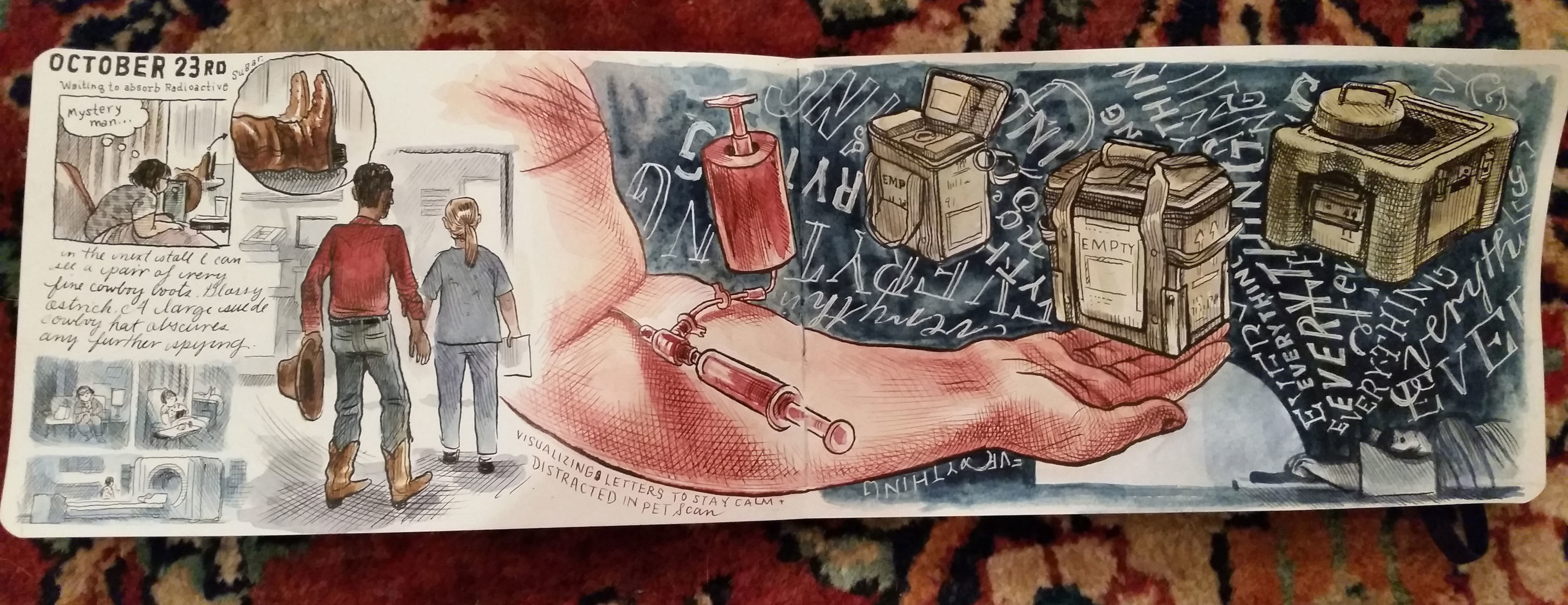
A ridiculously photogenic French bulldog is why I'm sitting across from Laura Park, a humbly prolific Chicago cartoonist, in a trendy Wicker Park cafe one grey November Sunday. I started stalking Walter Wallet on social media a couple years ago. Turns out, his owner was pretty cool, too. Laura's the author and main character of the darkly funny comic series, Do Not Disturb My Waking Dream, among many, many, many other noteworthy, cool things that she hates to talk about. Lucky for me, soon we—and our dogs—were friends in real life.
But this afternoon, we're not here to talk about all things Frenchie, we’re here to talk about the “c-word”—cancer—but, also, comics and catharsis. See, in a few weeks, Laura is having surgery to repair her tear ducts, collateral damage from aggressive thyroid cancer treatment four years ago, when she was in her early 30s. The cartoons she drew during that nerve-wracking time are just like her: quirky, brave, weirdly hilarious, and unapologetically honest. They’re the equivalent of indie-rock visual therapy.
Wearing her trademark black-and-white French sailor shirt and vintage cat-eye glasses, Laura takes a few quick, surreptitious puffs off her e-cigarette and we start chatting.
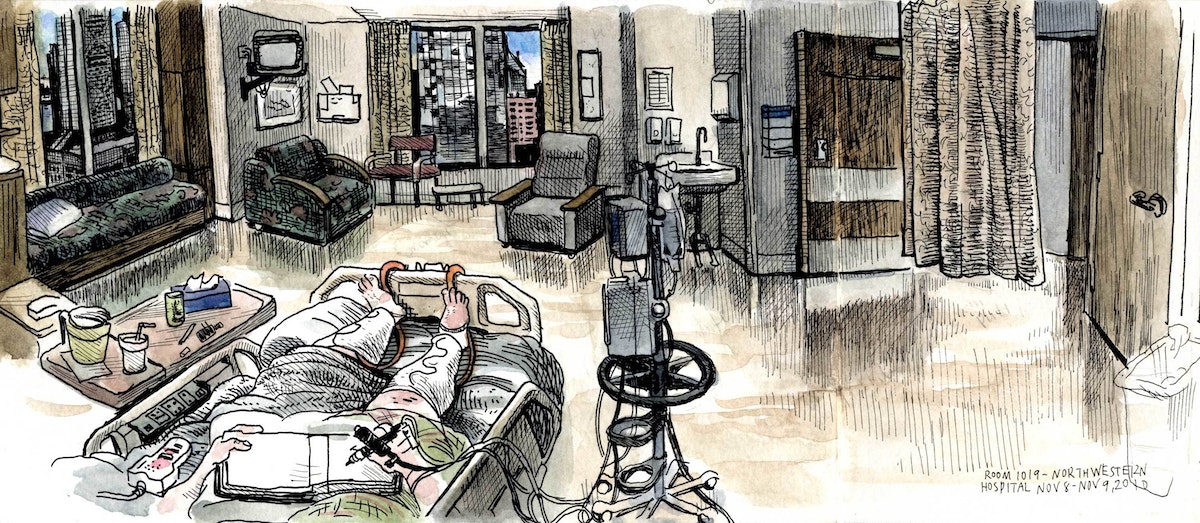
IDEO: What were you like as a child? Did you always make art?
Laura Park: My family moved around a lot as a child. My mom immigrated from Korea to Southern California and raised my brother and me by herself. I always drew as a kid. As the perpetual new kid, I wasn’t very popular, but the fact that I could draw meant I had some value. I’d sell kids greeting cards or drawings of their moms for Mother’s Day. I hung out at the food court at the mall where my mom worked and drew portraits of strangers. I’d go up to them, show them my drawing, and try to sell them to them. It was my side hustle. I was a very under-supervised, under-parented child. I had a lot of freedom. I eventually got a scholarship to the Art Institute of Chicago and fell into the illustration/comic book community here.
What was your first big break?
I was working as an illustrator for educational software company when I started doing drawings for indie record label Asthmatic Kitty Records on the side.
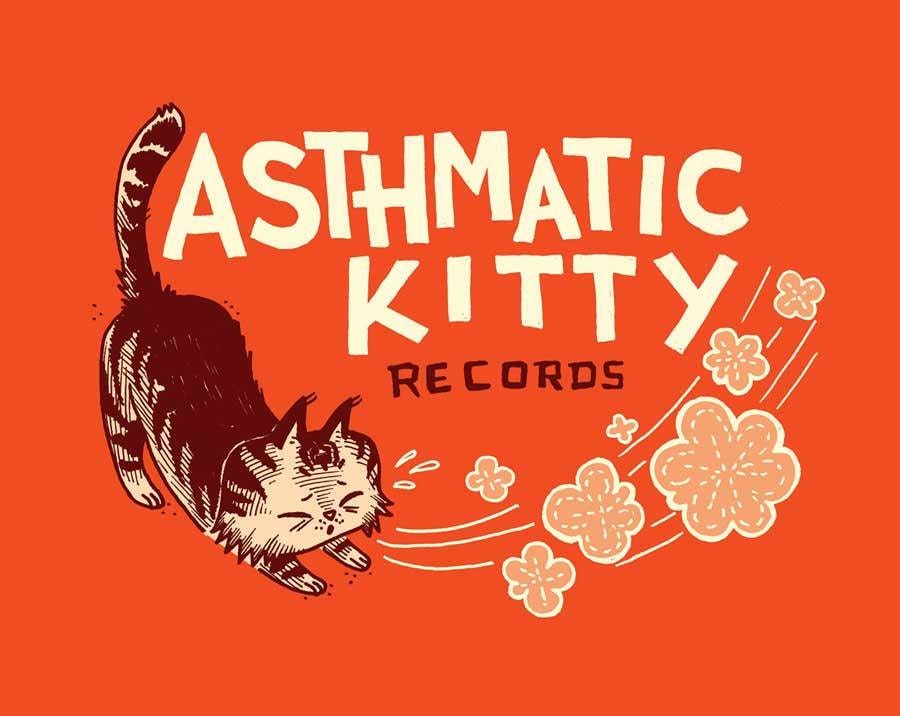
I also drew magazine ads for Sufjan Stevens’ 2005 Illinois record, plus did some t-shirts and posters for his record label and illustrated an issue of Vice magazine. My other big break was illustrating two big book series for author James Patterson—Middle School and I Funny. They were #1 New York Times Bestsellers. I illustrated two a year until last year. They gave me enough money to do other projects and gave my mom something to brag about.
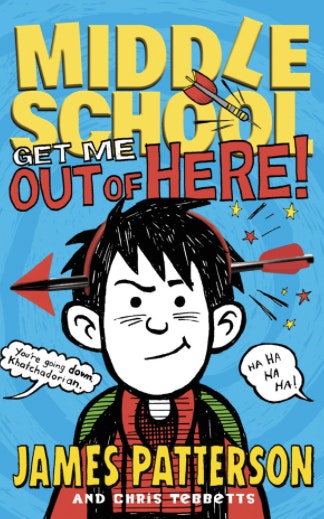
You mainly do autobiographical comics, why is that?
They’re how I process information. They’re my second stomach, how I “Rumpelstiltskin” my depression and sickness. I draw about things that cause me both extreme stress and extreme joy because both are distortions of time. I’m either locked in an anxiety-ridden hellscape or I’m celebrating the awesomeness of my dog.

In high school, I loved the Riot Grrrl movement and made my own zines because I didn’t see myself reflected in other comics. It’s a very powerful thing to make your own media and not wait for others to validate your experience.
I love it when other weirdos say to me, “I recognize myself in your comics!” Everyone thinks they’re singular and alone. It’s comforting to know that’s not true.
Can you tell me what happened when you were diagnosed with cancer?
It was 2012 and I was 32 and uninsured at the time. I lived for six months with a big lump on my neck. I avoided it. I knew it was bad when my doctor didn’t make me wait after getting the results back. It was thyroid cancer and it had spread to lymph nodes in my neck. I had a nine-hour surgery to take everything out, but the tumor had grown around my vocal nerve. The next day in hospital room, I woke up with a paralyzed vocal nerve. I went from someone who was always very loud, to someone who didn’t have a voice. It was very weird. I had to drink radioactive iodine as part of my therapy, which is nasty and why I’m having surgery to repair my tear ducts.

Comics are how I process information. They’re my second stomach, how I 'Rumpelstiltskin' my depression and sickness.
I processed my cancer in terms of narrative. I asked, Who is my character? What is her arc? I did a better job of telling the story of my cancer in my comics than I did telling people in person. What really resonated with my fans was how expensive my medical bills are. They were hundreds of thousands of dollars and destroyed my savings.
Enough of this depressing cancer stuff! What are some things you’re excited about?
I just won an Emmy for some storyboarding work on the Cartoon Network miniseries Over the Garden Wall! I have the certificate on my fridge. I also just signed a contract to do a graphic novel adaptation of immigrant stories for StoryCorps and have a collection of early work and new stories for Drawn & Quarterly that's forthcoming. My biggest accomplishment, though, was figuring out a way to have Walt appear in as a cameo character in Over the Garden Wall. I’m pretty proud of that.
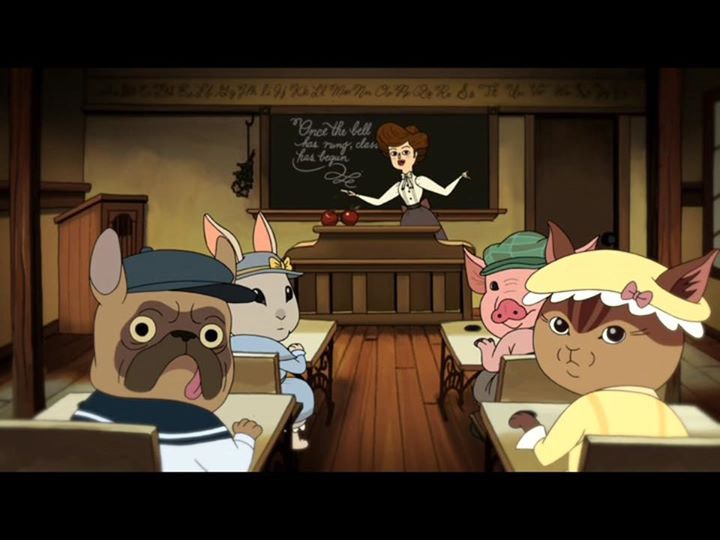
*Post script: A few weeks after our interview, Laura did, indeed, have surgery to repair her tear ducts. She’s recovering well and, of course, fearlessly documenting the entire process along the way.
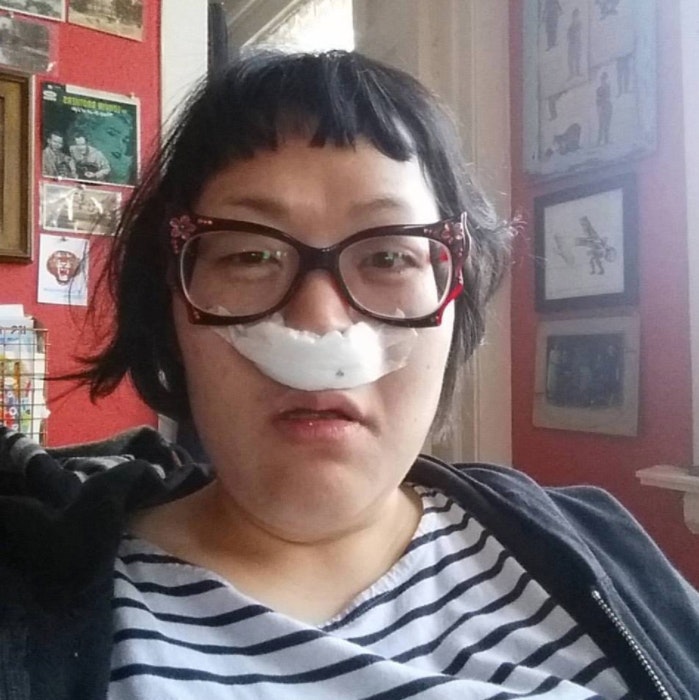
Words and art

Subscribe

.svg)







